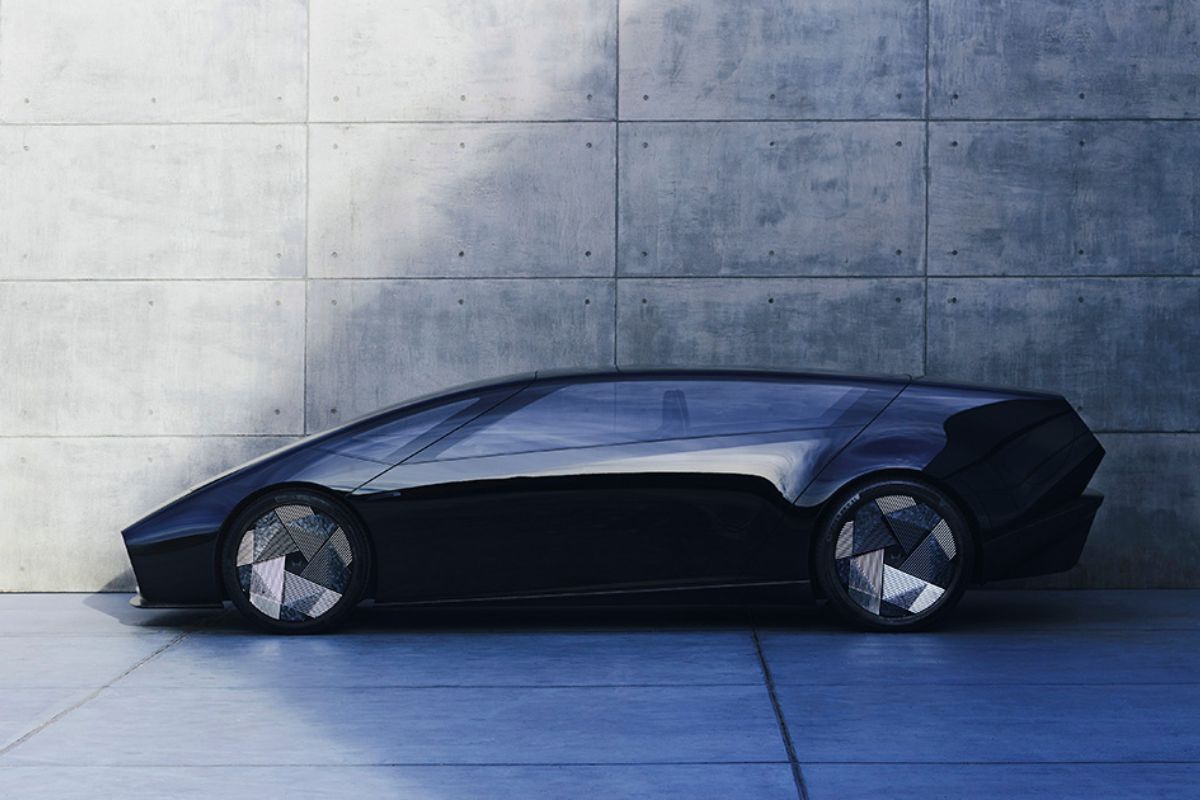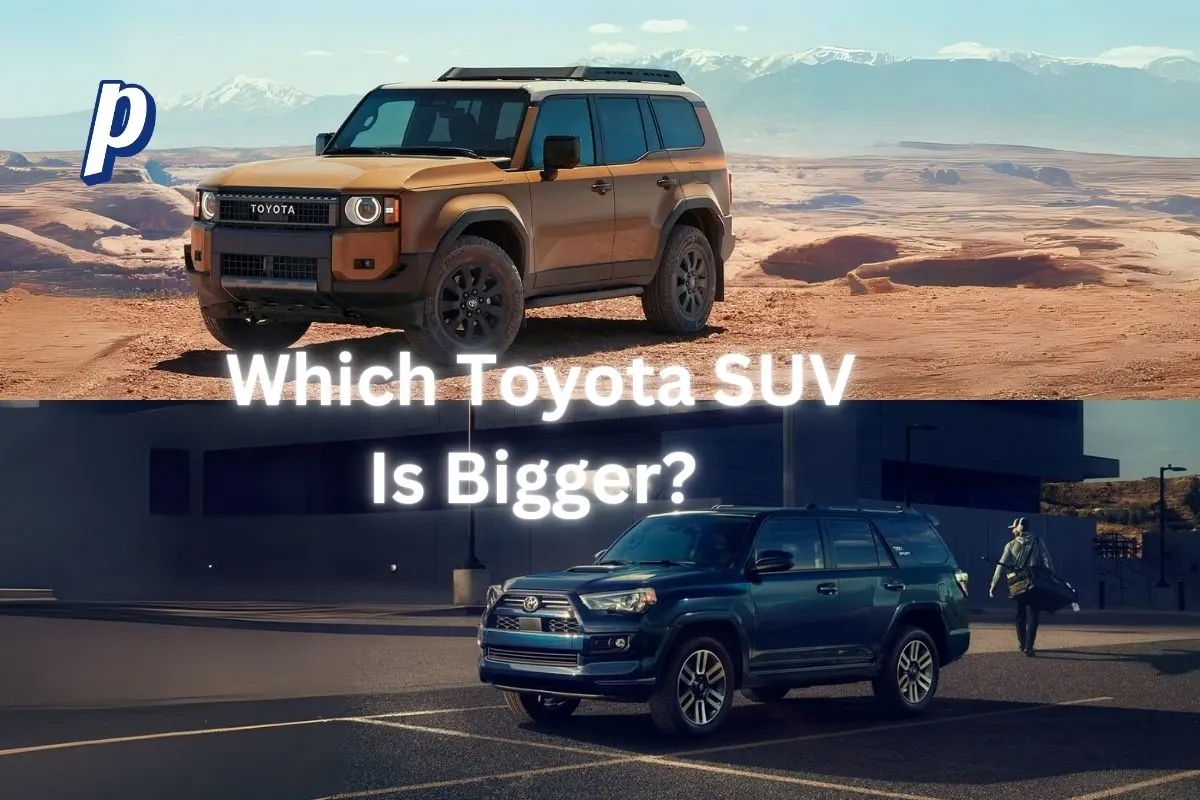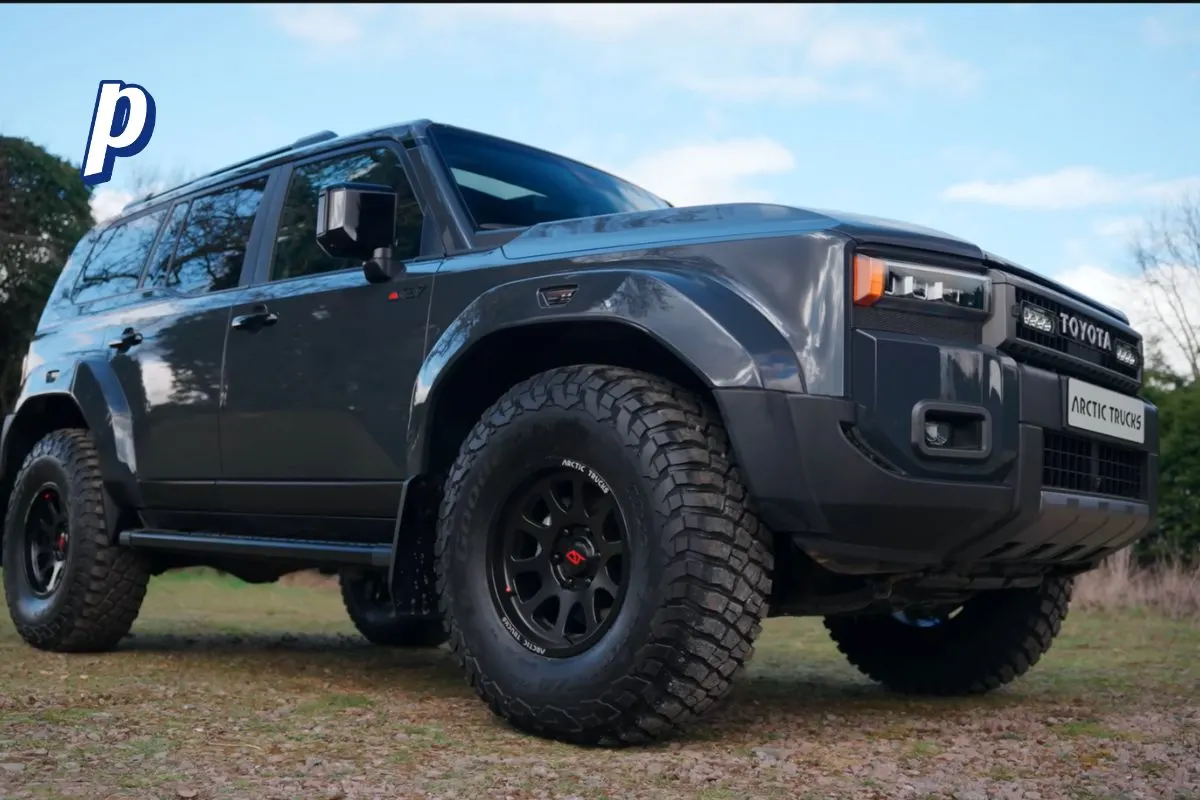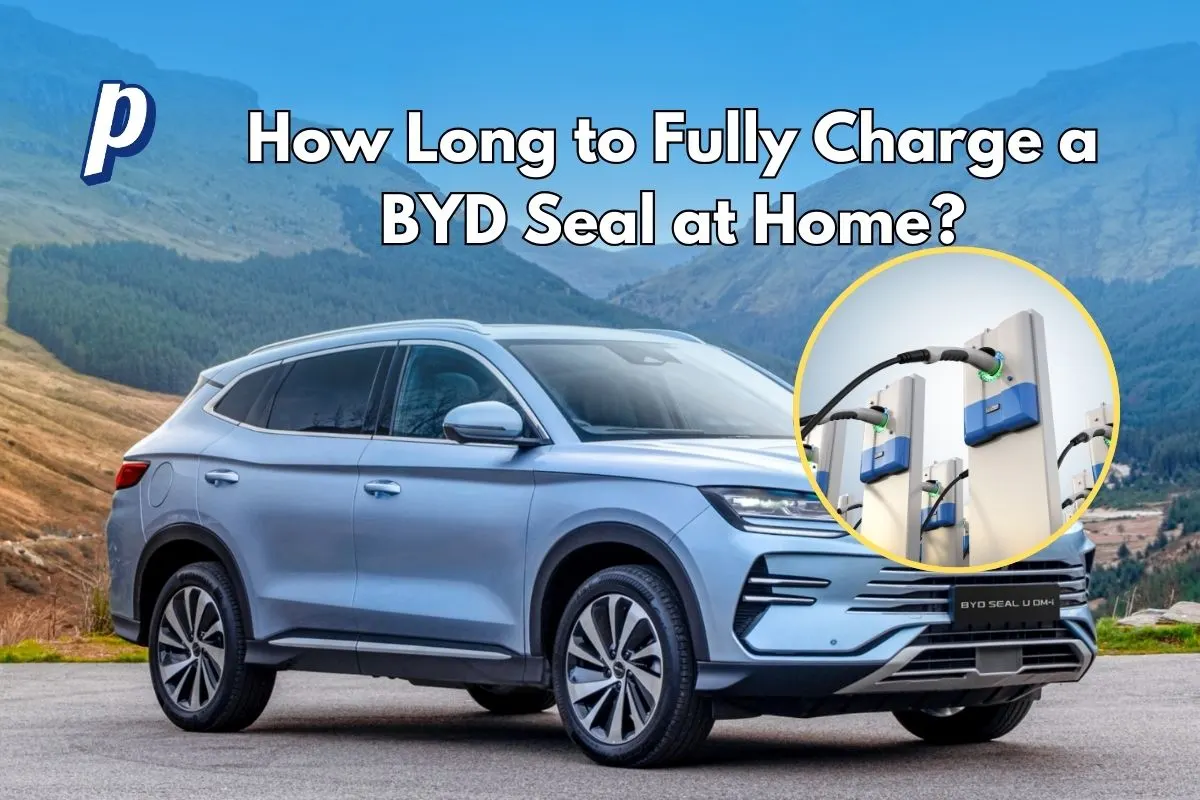Discover Honda’s ambitious plans for the upcoming 0 Series electric vehicles set to launch in 2026. Explore their innovative design philosophy, advanced technology features, sustainability efforts, and what this means for consumers.
Japan’s Tochigi. a location that is essential to Honda’s basic identity. In order to get the Ferrari-fighting mid-engined sports vehicle on the road, Honda used highly trained staff and a production procedure more unusual than Honda’s previous automobiles to produce each original NSX in Tochigi. The Motegi Mobility Park, formerly known as Twin Ring Motegi if you grew up playing Gran Turismo, is also quite close by. It is a racetrack built by Honda with the goal of increasing interest in motorsport in Japan. Since Tochigi is a sacred place for Honda, it seems sense that the company would send a number of international journalists there to assess the initial outcomes of its in-house EV development, the Honda 0 Series.
Honda is gearing up to make a significant impact in the electric vehicle (EV) market with its upcoming Honda 0 Series, set to launch globally starting in 2026. This new series of electric vehicles is being touted as a revolutionary step for the brand, which has traditionally focused on hybrids rather than fully electric models. With bold promises of innovative technology, sustainability, and performance, the Honda 0 Series aims to capture the attention of environmentally conscious consumers. But will it deliver on these ambitious claims? Let’s dive into the details.
The Vision Behind the Honda 0 Series
Honda has adopted a new development philosophy termed “Thin, Light, and Wise” for the 0 Series. This approach emphasizes:

- Thin: A focus on creating vehicles that are aerodynamically efficient and have a low profile.
- Light: Utilizing advanced materials and manufacturing techniques to reduce weight without compromising safety or performance.
- Wise: Incorporating smart technologies that enhance user experience and vehicle functionality.
This philosophy aims to redefine how consumers perceive electric vehicles, moving away from traditional designs and functionalities.
Design and Practicality
The Honda 0 Series introduces a fresh design ethos known as “The Art of Resonance.” This design philosophy seeks to harmonize the vehicle with its environment and users. The concept models unveiled at CES 2024 include:
- Saloon: A sleek, low-profile vehicle designed for comfort and style.
- Space-Hub: A versatile model emphasizing spaciousness and practicality.
Both models reflect Honda’s commitment to combining aesthetics with functionality, adhering to the “man maximum/machine minimum” principle. This means maximizing space for occupants while minimizing unnecessary bulk in the vehicle’s design.
Performance and Range
While specific performance metrics are still under wraps, Honda has made it clear that efficiency is a priority. The 0 Series will feature:
- e-Axles: These components are designed to enhance power delivery while maintaining a lightweight structure.
- High-density batteries: Honda is developing batteries that promise extended range without increasing size or weight.
The company aims for a range of over 300 miles, which aligns with consumer expectations for modern EVs. Additionally, they are targeting fast-charging capabilities that allow the battery to charge from 15% to 80% in just 10-15 minutes, addressing one of the most common concerns among EV users—charging time.
read more: Recall Alert: 1.7 Million Honda SUVs and Cars Face Steering Failure
Advanced Technologies
The Honda 0 Series will be equipped with cutting-edge technologies aimed at enhancing both safety and user experience:
- Human-Machine Interface (HMI): Designed for intuitive operation, making it easier for drivers to interact with their vehicles.
- Steer-by-wire systems: This technology replaces traditional mechanical linkages with electronic controls, allowing for more precise handling.
- Advanced Driver Assistance Systems (ADAS): Building on Honda’s existing SENSING Elite technology, these systems will provide enhanced safety features and automated driving capabilities.
- AI Integration: An original operating system will utilize artificial intelligence to offer connected services and personalized experiences for drivers.
Controlling the 0 Series
Two extremely early prototypes, one based on the CR-V and the other on the Accord, were on hand for Honda to evaluate. Although we were only allowed to drive one of the prototypes, we were told that both had the same new 0 Series chassis that had been modified to fit the current Honda product bodies and that, except from driving position, both featured the same all-wheel-drive dual motor configuration. The steer-by-wire technology was the sole mechanical component that was missing from these vehicles.
I drove Honda’s Accord-based prototype for ten minutes, or around three laps, on the Tochigi test track.
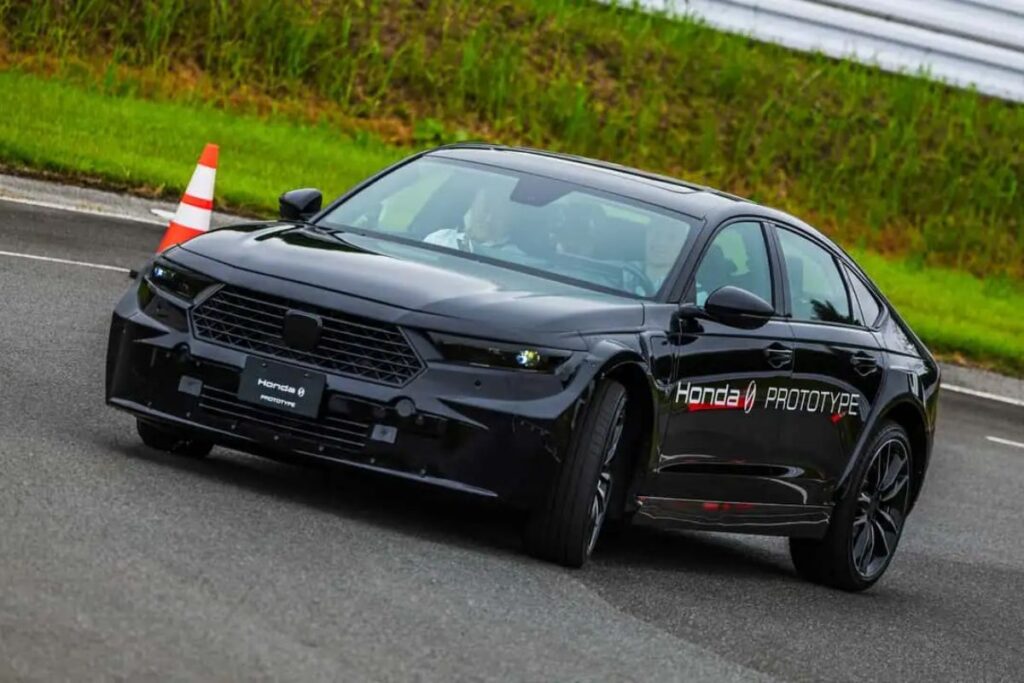
The prototype was really fast. The only information Honda has provided is that it would produce two different versions of its EV e-axle motor: one with 241 horsepower (180 kW) and another with 67 horsepower (50 kW). The Honda Prologue I drove earlier this year seemed incredibly sluggish since the prototype I drove had two of the bigger motors at either end of the vehicle. Compared to other high-powered EVs, this doesn’t seem like a lot of power on paper, but the prototype seemed quite quick in real life. If the car is kept light, it won’t require a lot of power to be quick, therefore I’d put the unofficial 0–60 time in the four-second area.
Although the air suspension from the 0 Series gave the EV prototype a more upscale ride than its utterly unrelated ICE Accord cousin, it didn’t feel like a significant improvement over that car. Overall, the 0 Series prototype I was driving seemed a lot like the ICE vehicle from which it was derived. It’s evident that Honda is still working on the 0 Series chassis and powertrain, even though I didn’t understand the driving characteristics of the Tesla Model 3 or Lucid Air. It’s difficult to draw any conclusions about the 0 Series at this early stage of development, so I save my more critical evaluation until when I can drive a more complete vehicle.
Sustainability Commitment
In line with global sustainability goals, the Honda 0 Series emphasizes eco-friendly practices throughout its production process. The use of sustainable materials in both the exterior and interior design reflects Honda’s dedication to reducing environmental impact. Moreover, the company is committed to minimizing battery degradation over time, aiming for less than 10% capacity loss after ten years of use.
Pricing and Availability
While exact pricing details have yet to be released, industry speculation suggests that the flagship Saloon model could be positioned in the higher price range, possibly around $50,000 or more. Other models within the series may start at lower price points to attract a broader audience. The first production model is expected to hit North American markets in 2026, with additional models rolling out by 2030.
Competitive Landscape
As Honda enters the increasingly crowded EV market, it faces stiff competition from established automakers like Tesla, Ford, and newer entrants such as Rivian and Lucid Motors. Each competitor offers unique selling propositions—Tesla boasts extensive charging infrastructure, while Ford emphasizes its legacy in trucks with electric versions. For Honda to stand out, it must effectively communicate its unique value proposition centered around innovative design, advanced technology, and driving enjoyment.
The Honda 0 Series represents an ambitious leap into the world of electric vehicles for a brand traditionally known for its reliable internal combustion engine cars. With promises of innovative design, advanced technology, sustainability commitments, and competitive performance metrics, Honda aims to carve out a significant niche in the EV market.
As we await further details leading up to the launch in 2026, potential buyers should keep an eye on developments regarding pricing and features. If Honda can deliver on its promises, it may not only attract existing customers but also win over a new generation of environmentally conscious drivers looking for stylish and efficient electric vehicles.
